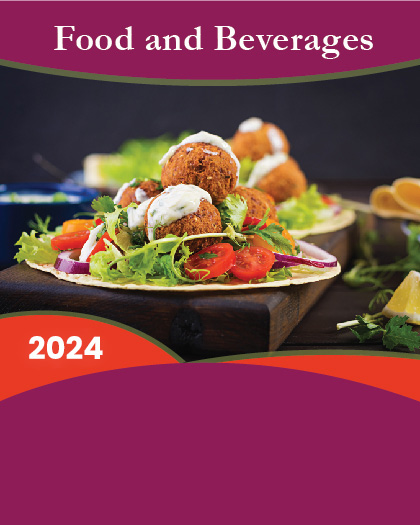
According to a new report published by Allied Market Research, titled,"Organic Snacks Market by Product Type, Distribution Channel, and Generation: Global Opportunity Analysis and Industry Forecast, 2018 - 2025,"the global organic snacks market was valued at $8,783.2 million in 2017, and is expected to garner $24,035.2 million by 2025, registering a CAGR of 13.6% from 2018 to 2025. Snacks are small servings of food eaten between main meals. Organic snacks are food prepared using ingredients that comply with the standards of organic farming. Organic food is also Genetically Modified Organism (GMO)-free and are free of artificial additives and can be better digested by the human body. It includes snacks such as potato chips, corn chips, tortilla chips, and bakery products such as bagel, biscuits, doughnuts, cheese snacks, nut bars, pretzels, crackers, pita chips, and confectionery such as chocolates, candies, candy bars, and other snacks. As consumers tastes have expanded in an increasingly globalized world, many consumers are experimenting with organic foods to satiate their desire for unique taste experience and to align with their increased focus on healthy lifestyles. As a result, organic foods have gained a lot of popularity over the last decade as they are considered safe and a rather healthy option by many consumers.
The growth of the organic snacks industry is driven by increase in disposable income of people along with rise in the living standards of consumers around the globe. Furthermore, hectic lifestyle and increase in the need for convenience and ready to eat food drive the growth of the market and help increase the organic snacks market size. Furthermore, growth in adoption of organic farming practices in various developed region is one of the top impacting factors driving the growth of the organic snack food market. Growth of the retail network in emerging economies, such as India, China, and Brazil, has led to increased availability of organic snacks, thus supplementing the organic snacks market growth. However, high cost of production hampers the widespread adoption and act as the major restraint for the global market. On the contrary, rise in disposable income and increase in willingness of people for buying premium and environment-friendly products in the emerging nations are expected to provide opportunities for the market growth in the coming years.
Salty snacks segment garnered the highest share in the organic snacks market by product type. The rise in popularity of innovative products with different types of flavor and ingredients attracts consumer toward salty snacks and thus contributing to the market growth. Apart from this, changing lifestyles, food consumption habits, rise in disposable incomes, and increase in food convenience are the major factors impacting the growth of the organic snacks market.
Based on distribution channel, the retail stores segment dominated the organic snacks market in 2017 and is expected to retain its dominance throughout the organic snacks market analysis period due to the fact that these retail stores are located near residential areas and require less efforts purchasing goods. In retail stores, customers can check and compare products before buying and can own them immediately. This ease of purchase adds to the popularity of this segment, thus acting as a key driver of the global organic snacks market.
By generation, the baby boomers generation is expected to experience the fastest CAGR through the organic snacks market forecast period. This high growth is due to increase in knowledge about health and fitness coupled with the improvements in the retail distribution channels that makes acquiring packaged food such as organic snacks easy.
Key Findings of the organic snacks market:
Based on product type, the salty snacks segment was the highest contributor to the organic snacks market and is expected to grow at a CAGR of 11.8% from 2018 to 2025.
Based on distribution channel, the retail stores segment was the highest contributor to the market in terms of value in 2017 and is estimated to grow at a CAGR of 11.7% from 2018 to 2025.
Based on generation, the millennial segment is expected to grow at a steady CAGR of 12.8% from 2018 to 2025.
E-commerce segment accounted for 16% of the total organic snacks market share in 2017 and is estimated to grow at a CAGR of 15.9%.
In terms of value, North America contributed around two-thirds of the global market share in the organic snacks market in 2017. The key players profiled in the report include Pure Organic, PRANA, Made in Nature, Kadac Pty Ltd, Navitas Naturals, Hormel Foods, Hain Celestial, Conagra Brands, General Mills, and Woodstock Farms Manufacturing.
The other market players (not profiled in this report) include SunOpta, Simple Squares, YummyEarth, Inc., Utz Quality Food, LLC, Eat Real, Creative Snacks Co., NurturMe, Annies Homegrown Inc, Navitas Organics, Clif Bar & Company, My Super Foods, Sprout, Peeled Snacks, Beanitos Inc., Late July Snacks LLC, 8 Rabbits, Cussons Australia Pty Ltd, Kraft Heinz, Kewpie Corporations, Louisville Vegan Jerky Co., and Organic Food Bar.
























